One holds dual citizenship and moved to Fairbanks from Amsterdam; one came to Alaska after googling “Duck Jobs”; the third’s passion is herpetology but his refuge only has one amphibian – the wood frog – and no reptiles. Arctic, Selawik and the Koyukuk/Nowitna/Innoko complex all have new refuge managers, and their stories are fascinating.
Merben Cebrian has taken what has to be the most unusual and worldly path to Refuge Manager of the Arctic National Wildlife Refuge. Not only does he hold dual US/Dutch citizenship and have a Dutch wife, but he grew up in the Philippines where he spent much of his childhood in nature. The US Army took him to Africa, the Middle East and Fairbanks where he ended his military career and enrolled in the University of Alaska Fairbanks earning a wildlife biology degree. Merben spent 20 years in Alaska as a wildlife biologist on the Tetlin Refuge and with the Bureau of Land Management in Fairbanks, Anchorage and Glenallen.
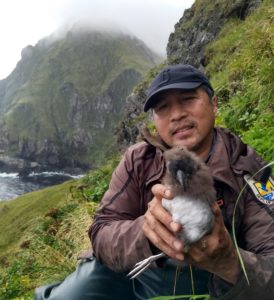
____________________________________________________________________________________________
Yes, googling “Duck Jobs” and a passion for waterfowl hunting got Wil Wiese to Alaska even though neither Alaska or the Fish and Wildlife Service was on his radar. His background of growing up hunting and fishing in Wisconsin, a biology degree and, most of all, lifelong experience running skiffs and fixing motors won him a volunteer waterfowl survey job in the Arctic. He was smitten by the Arctic coastal plain, working in remote field camps and the village of Kaktovik and never left. Wil was hired permanently by the Arctic Refuge before becomingSelawik Refuge’s Deputy Refuge Manager and now Manager. Wil switched from biology into management because, “I do like wildlife a lot but I actually like people a lot better. Working with people and helping them come up with solutions to conflict is what really gets me excited.”
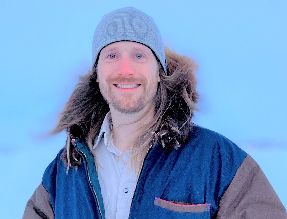
_______________________________________________________________________________When I asked David Zabriskie, “What is a snake guy doing in Alaska?” he responded “Making money to fund my snake hunting trips!” David has the most experience of the three with the National Wildlife Refuge System having begun his career as a student trainee at the Wheeler Refuge in Alabama, followed by refuges in Mississippi, on remote Pacific Islands, Tennessee, Alaska, and Arizona before returning to Alaska to work as the Deputy Manager and now Manager of the Koyukuk/Nowitna/Innoko Refuge Complex on the Yukon River.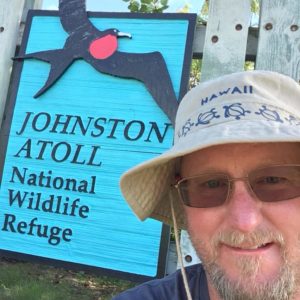
I also asked David what he liked most about his refuges and he replied, “These three refuges are in the heart of salmon country. These intact ecosystems support an amazing plant and wildlife diversity. The opportunity to work with the indigenous communities along the Yukon River on resource management is fulfilling.” Managing three refuges, two of which are bigger than any refuge found in the Lower 48, is a daunting task. Add to that David was the lead on the Alaska Region’s first plan for a Wild and Scenic River, the Comprehensive River Management Plan (CRMP) for the Nowitna River. I asked him what he saw as his biggest challenge and he said, “Besides limited staff and budgets, the biggest management challenges are climate change and food security for the subsistence users in this region.”
Congratulations to our new managers! Friends look forward to working with you.
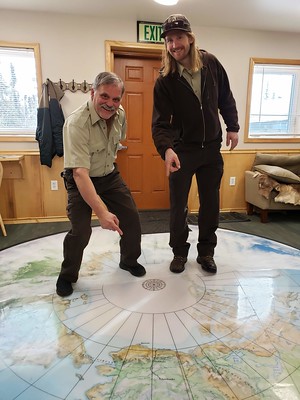

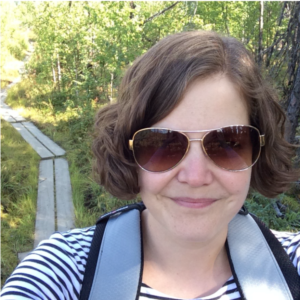 Caroline Brouwer was appointed to a new position of a second Vice-President which we amended our bylaws to include. Caroline has served on the Board since 2020 and has been involved in advocacy for the National Wildlife Refuge System since 2008, lobbying on behalf of funding increases for the Refuge System and policy changes. She spent 14 years working in Washington, DC on behalf of public lands advocacy and national wildlife refuges with Ducks Unlimited and the National Wildlife Refuge Association.
Caroline Brouwer was appointed to a new position of a second Vice-President which we amended our bylaws to include. Caroline has served on the Board since 2020 and has been involved in advocacy for the National Wildlife Refuge System since 2008, lobbying on behalf of funding increases for the Refuge System and policy changes. She spent 14 years working in Washington, DC on behalf of public lands advocacy and national wildlife refuges with Ducks Unlimited and the National Wildlife Refuge Association. 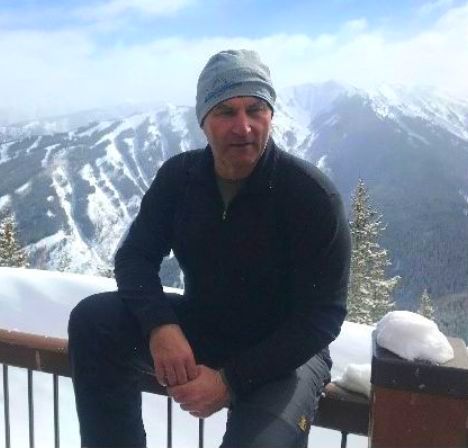

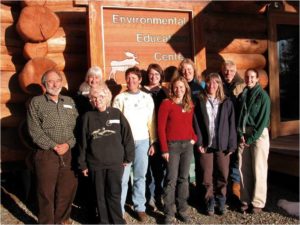
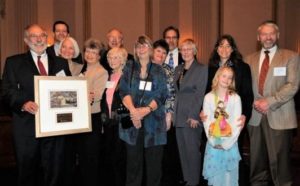
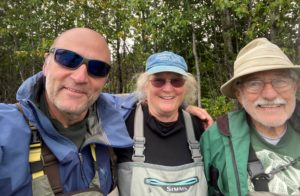


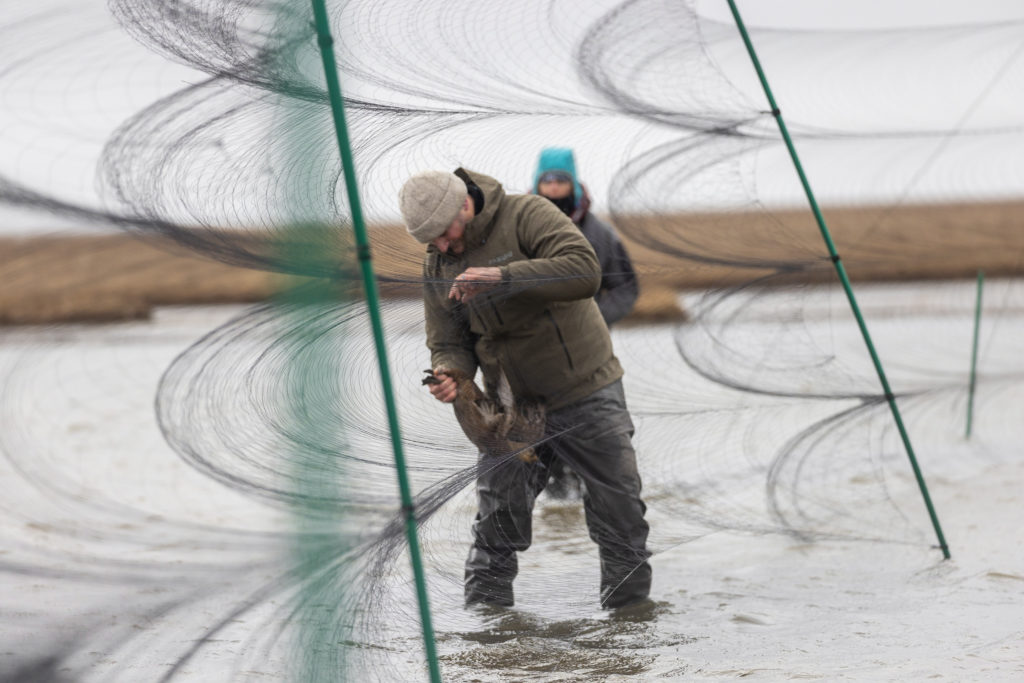 Dan, Mist Netting birds on the river. pc Mark Lindberg
Dan, Mist Netting birds on the river. pc Mark Lindberg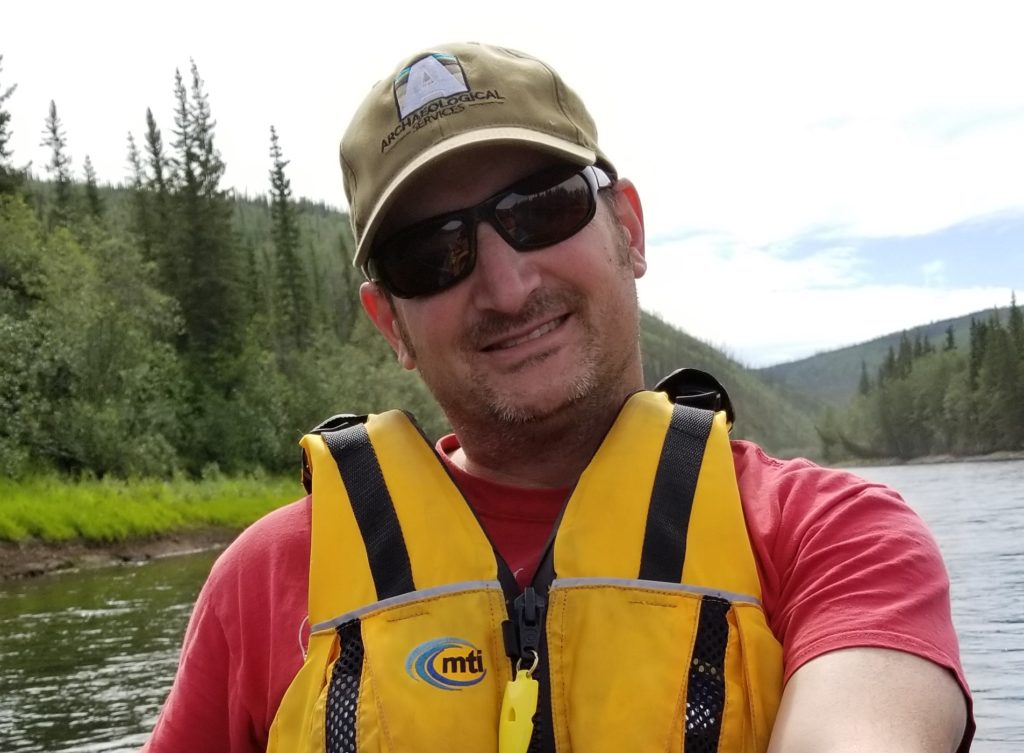
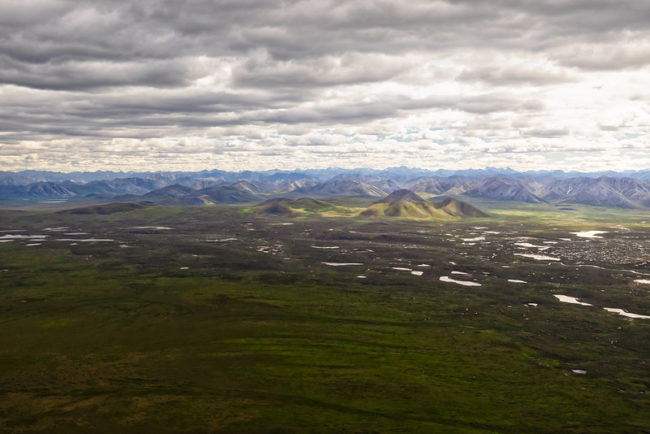
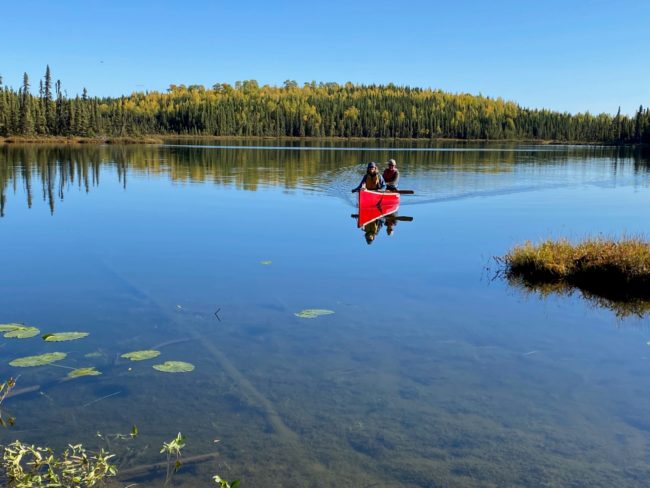
 Portages varying in length from a hundred yards to nearly a mile connect the lakes of the canoe system. Dave Atcheson portaging. pc Cindy Atcheson
Portages varying in length from a hundred yards to nearly a mile connect the lakes of the canoe system. Dave Atcheson portaging. pc Cindy Atcheson Dave Atcheson with Kenai River rainbow. pc: Lee Keuper
Dave Atcheson with Kenai River rainbow. pc: Lee Keuper

 ‘
‘